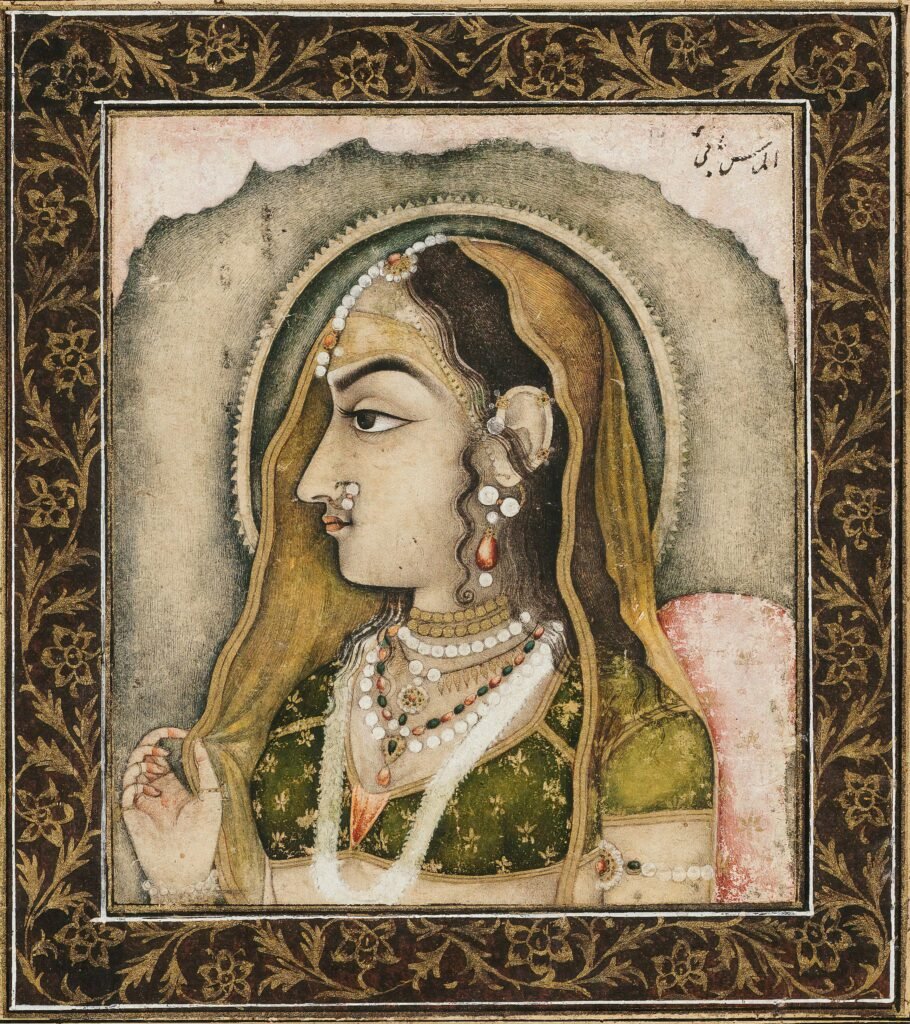
Historical Significance of Indian Literature
The historical significance of Indian literature lies in its multifaceted origins, which stretch back thousands of years, beginning with ancient texts such as the Vedas and Upanishads. These scriptures not only served as foundational pillars of spiritual and philosophical thought but also fostered a rich linguistic heritage that contributed significantly to the evolution of literary forms in India. As we trace this evolution, we discover a vibrant tapestry that intertwines diverse cultures, languages, and traditions, reflecting the subcontinent’s complex socio-political landscape.
Throughout Indian history, literature has been profoundly influenced by various cultural movements and social changes. The emergence of regional languages and dialects, fueled by historical events such as the spread of Buddhism and the establishment of regional dynasties, allowed for a rich diversity in literary expression. Writers and poets began to articulate local stories, myths, and philosophical discourses that resonated with their audiences. This period saw influential figures emerge, including Tulsidas and Jayadeva, whose works remain celebrated to this day.
Moreover, the colonial era marked a transformative phase in Indian literature, instigating a shift towards modern literary forms. Figures like Rabindranath Tagore and R. K. Narayan played pivotal roles in this evolution. Tagore, the first non-European laureate of the Nobel Prize in Literature, infused Bengali literature with themes of identity, nationalism, and humanism, while Narayan’s works articulated the nuances of everyday life in India. Their contributions heralded a fusion of traditional storytelling with contemporary themes, paving the way for future generations.
In essence, Indian literature serves as a mirror reflecting historical transformations and cultural amalgamations. The narratives encapsulated within the texts not only preserve the artistic heritage of the nation but also offer profound insights into the complexities of Indian society across various epochs. Understanding this historical context is essential for appreciating the rich legacy that continues to inspire writers and readers alike.
Diversity and Themes in Indian Literary Works
Indian literature is a manifestation of the country’s rich cultural heritage, characterized by a remarkable diversity in themes, genres, and languages. Spanning centuries, literary works from India illuminate the intricate tapestry of its regions, traditions, and experiences. From the ancient Vedas to contemporary novels, each literary form encapsulates the societal influences, aspirations, and struggles of its time.
Thematic diversity is particularly salient in Indian literature. Authors explore profound subjects such as identity and spirituality, reflecting the individual’s quest for understanding in a multifaceted society. For instance, works like Rabindranath Tagore’s poetry resonate with themes of self-discovery and connection to the divine, establishing a benchmark in the exploration of human emotions. Similarly, the themes of social justice and equity are vital in contemporary texts, exemplified by authors like Arundhati Roy, whose narratives address pressing global issues through the lens of Indian society.
In addition, the struggle for freedom has been a recurrent theme, deeply woven into the fabric of Indian literary expression. The works of noted figures such as Saadat Hasan Manto not only capture the tumult of partition but also underscore the human experience amidst political upheaval. This blending of personal and national narratives invites readers to reflect on the ongoing journey of the nation and its people.
Furthermore, Indian literature’s linguistic plurality adds another layer of richness. With each regional language presenting unique literary traditions, voices from Tamil, Bengali, Urdu, Kannada, and many others contribute to a broader understanding of not just India’s literature but its identity. Through this myriad of expressions, the themes encountered in these texts resonate with readers, making Indian literature a vital resource for comprehending the country’s complex social fabric.
